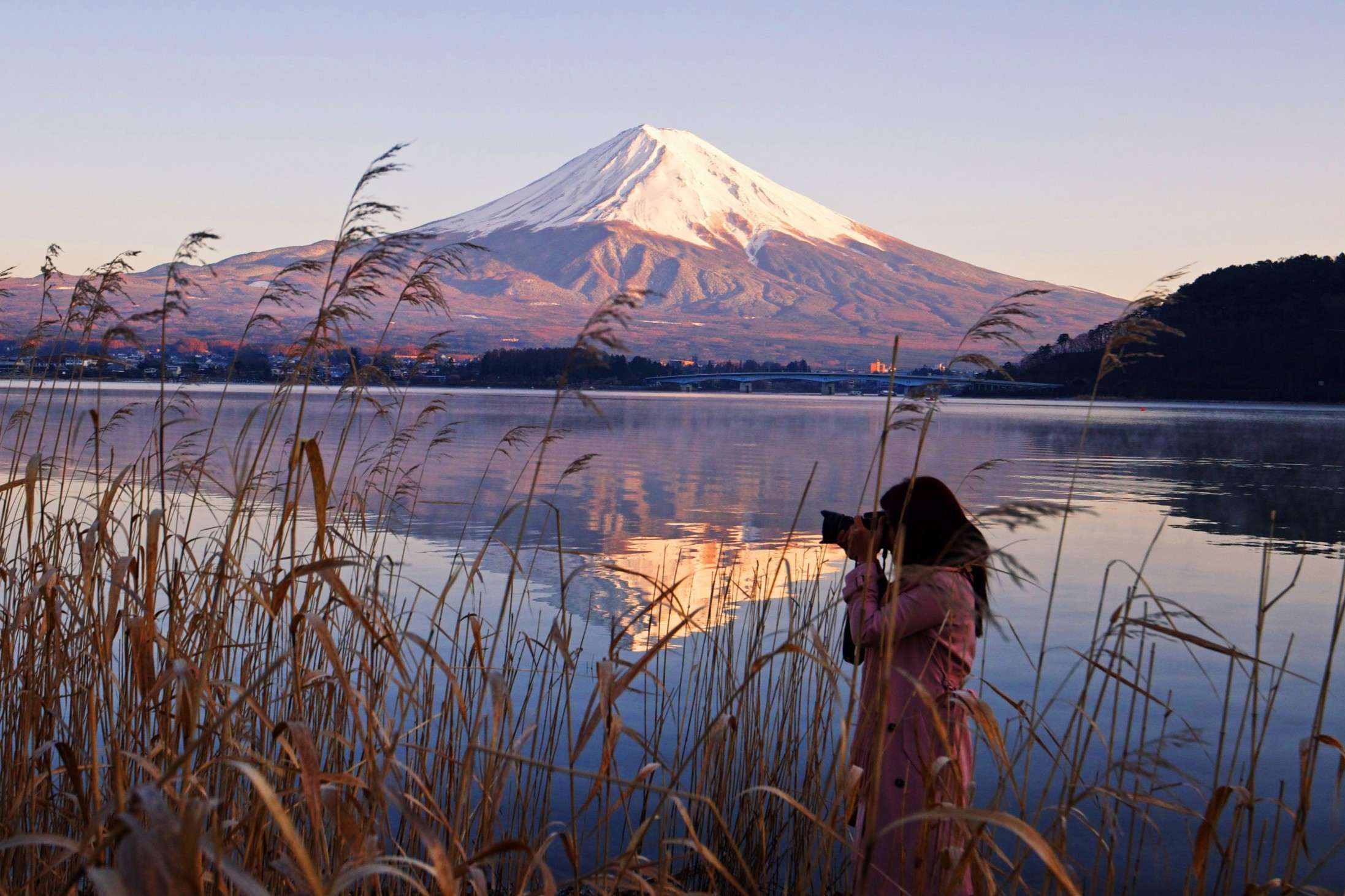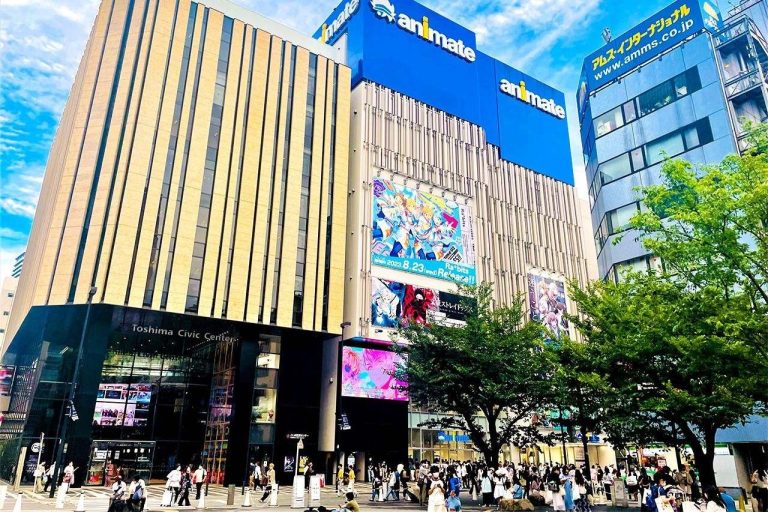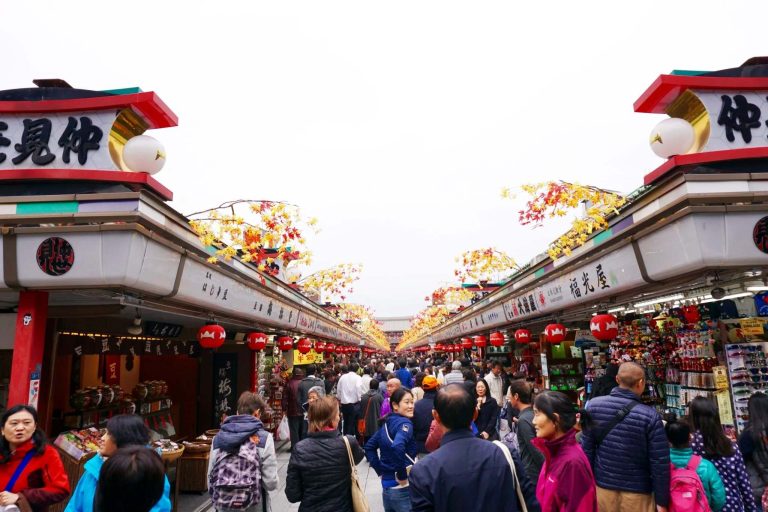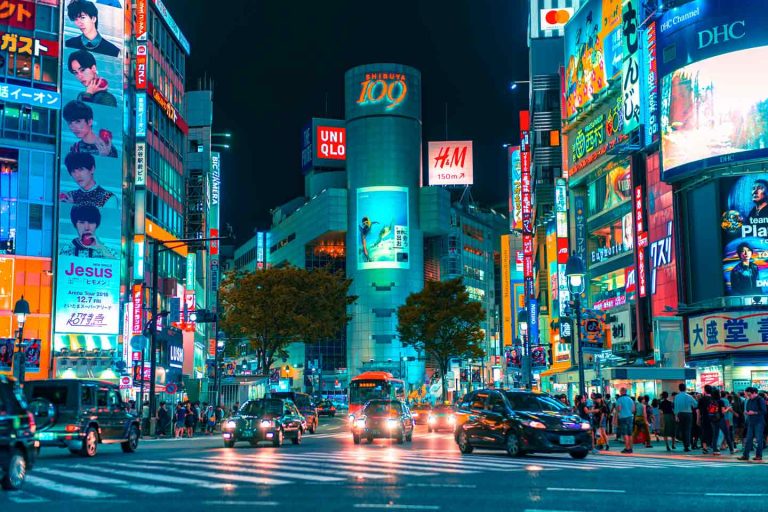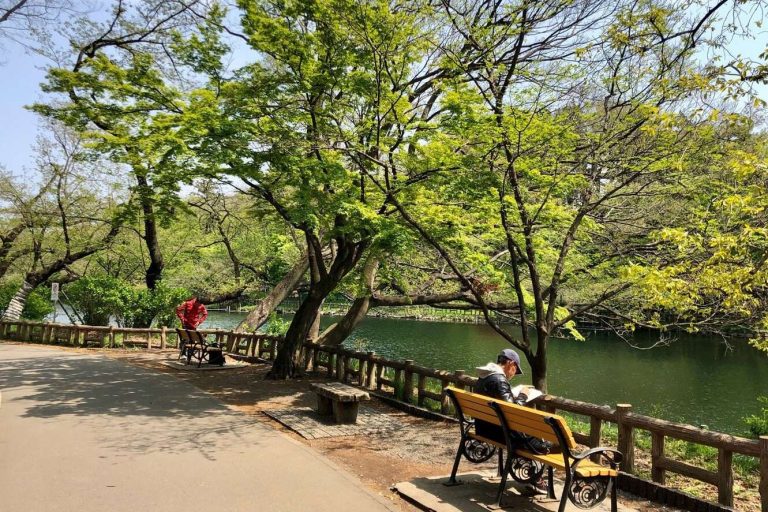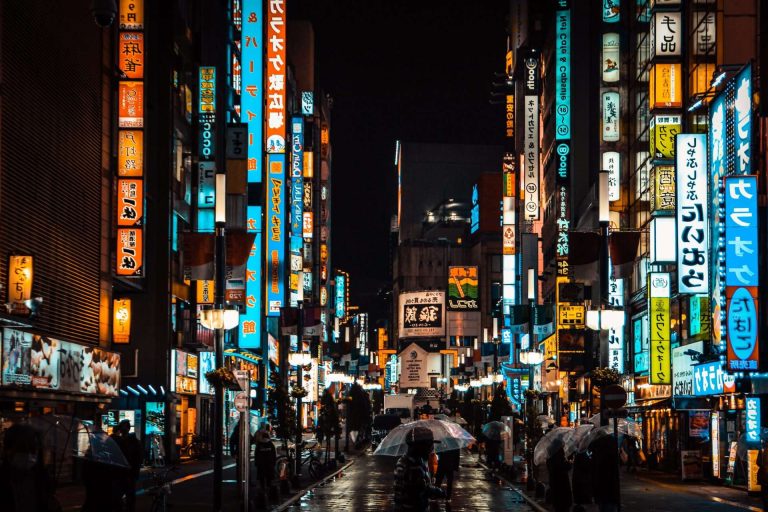Overview of Kawaguchiko
Kawaguchiko stands as one of Japan’s most treasured destinations for experiencing Mount Fuji’s majestic presence. This serene lakeside town offers visitors an authentic glimpse into Japan’s natural beauty, where traditional culture meets breathtaking landscapes. The area serves as a peaceful retreat from bustling city life, providing countless opportunities to witness Japan’s iconic mountain in all its glory.
The region has evolved into a premier destination for both domestic and international travelers seeking that perfect Mount Fuji photograph or simply wanting to bask in the mountain’s spiritual presence. With its well-developed infrastructure and variety of attractions, Kawaguchiko caters to every type of traveler, from adventure seekers to those preferring leisurely sightseeing.
Introduction to Kawaguchiko
Kawaguchiko represents the heart of the Fuji Five Lakes region, offering visitors an ideal base for Mount Fuji exploration. The town perfectly balances modern amenities with traditional Japanese charm, featuring cozy guesthouses, local restaurants serving regional specialties, and shops selling Mount Fuji-themed souvenirs. Its compact size makes navigation easy, whether on foot or by bicycle, allowing visitors to experience multiple attractions within a single day.
Geographical Location
Situated at Mount Fuji’s northern base, Kawaguchiko sits approximately 100 kilometers southwest of Tokyo in Yamanashi Prefecture. The town rests at an elevation of about 830 meters above sea level, providing clear mountain views when weather conditions cooperate. Its strategic location within the Fuji-Hakone-Izu National Park ensures protected natural surroundings and maintains the area’s pristine beauty for future generations to appreciate.
Significance of Mount Fuji Views
The views from Kawaguchiko hold special cultural and spiritual significance in Japanese tradition. Mount Fuji’s reflection in the lake’s calm waters creates the famous “Sakasa Fuji” or “Upside-down Fuji,” considered one of Japan’s most beautiful natural phenomena. These reflections occur most frequently during early morning hours when wind conditions remain calm, creating mirror-like water surfaces that perfectly capture the mountain’s symmetrical form.
Best Times to Visit
Timing your visit to Kawaguchiko significantly impacts your overall experience, particularly regarding Mount Fuji visibility and seasonal attractions. Weather patterns, crowd levels, and natural phenomena all vary throughout the year, making certain periods more favorable than others. Understanding these seasonal variations helps visitors plan their trip to maximize both scenic beauty and comfort.
The region experiences four distinct seasons, each offering unique advantages and challenges. Clear skies typically occur more frequently during colder months, though this comes with trade-offs in terms of comfort and accessibility to certain attractions. Planning ahead and maintaining flexible schedules often leads to the most rewarding experiences.
Spring Season Highlights
Spring, particularly April, transforms Kawaguchiko into a pink paradise when cherry blossoms bloom around the lake’s perimeter. The famous Sakura Festival typically runs from mid-April to early May, featuring illuminated evening displays and numerous food stalls. Morning visits during this period often provide the clearest Mount Fuji views, as afternoon clouds frequently obscure the mountain’s peak during warmer months.
Autumn Foliage
November brings spectacular autumn colors to the region, with maple trees creating vibrant red and orange displays along the lake’s shoreline. The famous Maple Corridor becomes a tunnel of fiery colors, particularly beautiful during late October and early November. Cool, crisp air during autumn months often provides excellent visibility conditions, making this season ideal for photography enthusiasts seeking both Mount Fuji views and colorful foregrounds.
Weather Considerations
Mount Fuji’s visibility depends heavily on weather conditions, with clear skies most common during winter months despite colder temperatures. Morning hours consistently offer the best viewing opportunities, as clouds typically build up throughout the day, especially during warmer seasons. Checking weather forecasts and maintaining flexible itineraries allows visitors to capitalize on unexpected clear-sky opportunities that may arise during their stay.
Scenic Viewpoints
Kawaguchiko offers numerous vantage points for capturing Mount Fuji’s beauty, each providing unique perspectives and photographic opportunities. These carefully selected viewpoints range from easily accessible roadside spots to elevated positions requiring moderate hiking efforts. The variety ensures that every visitor, regardless of physical ability or time constraints, can find suitable locations for memorable Mount Fuji encounters.
Many viewpoints feature additional attractions beyond Mount Fuji views, including cultural sites, recreational facilities, and seasonal displays. This combination creates comprehensive experiences that extend beyond simple sightseeing, offering deeper engagement with the region’s natural and cultural heritage.
Kawaguchiko Ohashi Bridge
This iconic red bridge spanning Lake Kawaguchi provides one of the most photographed Mount Fuji viewpoints in the region. The bridge’s distinctive color creates striking contrast against Mount Fuji’s snow-capped peak and the lake’s blue waters. Walking across the bridge offers changing perspectives as you move from shore to shore, with the northern side typically providing the most dramatic views. The bridge remains accessible year-round and features pedestrian walkways for safe viewing and photography.
Chureito Pagoda
The five-story pagoda at Arakura Sengen Shrine offers perhaps the most iconic Mount Fuji view in all of Japan. Reaching the pagoda requires climbing 397 steps, but the effort rewards visitors with unobstructed panoramic views. The pagoda itself adds cultural significance to photographs, creating compositions that capture both Japan’s spiritual heritage and natural beauty. Early morning visits help avoid crowds while providing optimal lighting conditions for photography.
Oishi Park
This botanical garden along Lake Kawaguchi’s northern shore features seasonal flower displays that frame Mount Fuji beautifully. Spring brings vibrant tulips and cherry blossoms, while autumn showcases colorful cosmos flowers and maple foliage. The park’s carefully maintained gardens provide foreground elements that enhance Mount Fuji photography, creating layered compositions with depth and visual interest. Multiple walking paths allow visitors to explore different angles and perspectives throughout their visit.
Fujiyama Twin Terrace
Accessible via shuttle bus from Kawaguchiko Station, this elevated viewing platform offers unobstructed 360-degree panoramic views of Mount Fuji and the surrounding landscape. The terrace features swings positioned for optimal photography, creating unique opportunities for memorable portraits with Mount Fuji as backdrop. Operating from April through November, the facility provides comfortable viewing conditions with modern amenities including restrooms and refreshment options.
Hikawa Clock Shop
This charming local business offers excellent street-level views of Mount Fuji framed by traditional Japanese architecture. The shop’s location near Shimoyoshida Station makes it easily accessible for visitors using public transportation. The view combines urban elements with Mount Fuji’s natural grandeur, creating photographs that showcase the mountain’s presence in daily Japanese life. The shop owners welcome visitors and often provide local insights about optimal viewing times and conditions.
Activities Around Kawaguchiko
Beyond Mount Fuji viewing, Kawaguchiko offers diverse recreational activities that showcase the region’s natural beauty and cultural heritage. These activities range from gentle lakeside strolls to challenging mountain hikes, ensuring options for every fitness level and interest. Many activities provide multiple Mount Fuji viewing opportunities while engaging visitors in active exploration of the surrounding landscape.
The region’s well-maintained infrastructure supports various outdoor pursuits, with rental facilities and guided services available for those seeking structured experiences. Local operators often provide equipment and expertise, making activities accessible even for visitors without prior experience or specialized gear.
Hiking Trails
Numerous hiking trails around Kawaguchiko offer varying difficulty levels and scenic rewards. The most popular route follows the lake’s perimeter, providing approximately 20 kilometers of relatively flat walking with frequent Mount Fuji viewing opportunities. More challenging options include trails leading to elevated viewpoints on surrounding hills, offering panoramic perspectives of the entire region. Trail maps and information are available at the visitor center, with recommended routes marked for different skill levels and time commitments.
Cycling Around the Lake
Bicycle rental shops throughout Kawaguchiko provide an excellent way to explore the lake’s 20-kilometer circumference at a leisurely pace. The mostly flat route features dedicated cycling paths and frequent rest stops with Mount Fuji viewing opportunities. Electric bicycles are available for those preferring assisted pedaling, making the complete circuit manageable for most fitness levels. The journey typically takes 2-3 hours with stops, allowing ample time for photography and sightseeing along the route.
Cultural Sites and Museums
Several museums and cultural attractions around Kawaguchiko provide indoor alternatives during inclement weather while maintaining Mount Fuji connections. The Kawaguchiko Music Forest Museum features European-style gardens with Mount Fuji views, combined with antique music box collections and live performances. The Itchiku Kubota Art Museum showcases traditional kimono artistry in a building designed to complement the natural landscape, offering both cultural enrichment and scenic beauty through its architectural integration with the surrounding environment.
Kawaguchiko Ropeway
The Kawaguchiko Ropeway provides one of the most spectacular elevated views of Mount Fuji and Lake Kawaguchi, transporting visitors 1,075 meters above sea level to the summit of Mount Tenjo. This aerial experience offers perspectives impossible to achieve from ground level, creating memorable encounters with the region’s dramatic topography. The ropeway operates year-round, though weather conditions occasionally affect service availability.
The facility combines modern engineering with environmental sensitivity, minimizing impact on the natural landscape while providing safe, comfortable access to elevated viewpoints. Multiple observation decks at the summit cater to different viewing preferences and crowd management needs.
Experience Overview
The ropeway journey takes approximately three minutes each way, with gondolas accommodating small groups for intimate viewing experiences. At the summit, multiple observation platforms provide 360-degree views encompassing Mount Fuji, Lake Kawaguchi, and the surrounding mountain ranges. Clear weather conditions reveal distant peaks and valleys, creating panoramic vistas that extend far beyond the immediate Kawaguchi area. The summit also features a small shrine and walking paths for extended exploration.
Best Times to Visit the Ropeway
Early morning hours typically provide the clearest Mount Fuji views and smallest crowds, making this the optimal time for ropeway visits. Weather conditions change rapidly in mountainous areas, so monitoring forecasts and maintaining flexible schedules increases chances of clear-sky experiences. Winter months often provide the most reliable visibility, though cold temperatures require appropriate clothing for comfortable outdoor viewing at the summit elevation.
Tips for Avoiding Crowds
Weekday visits generally encounter fewer crowds than weekends, particularly during peak seasons like cherry blossom and autumn foliage periods. Purchasing tickets in advance when possible helps avoid queuing delays, especially during popular times. Alternative timing strategies include late afternoon visits, which sometimes offer dramatic sunset lighting conditions despite potentially increased cloud cover around Mount Fuji’s peak.
Seasonal Events
Kawaguchiko’s event calendar revolves around natural phenomena and cultural celebrations that highlight the region’s beauty throughout the year. These events often coincide with optimal viewing conditions and seasonal attractions, creating enhanced experiences that combine Mount Fuji appreciation with local culture. Planning visits around major events requires advance booking due to increased visitor numbers, but the enhanced atmosphere often justifies the additional effort.
Local events typically feature food vendors, cultural performances, and special illumination displays that extend viewing opportunities into evening hours. These additions create comprehensive experiences that go beyond simple sightseeing, offering deeper engagement with regional traditions and community life.
Sakura Festival
The annual Cherry Blossom Festival transforms Kawaguchiko into a pink wonderland, typically running from mid-April through early May depending on bloom timing. Evening illuminations extend viewing hours, creating magical scenes as cherry blossoms glow against Mount Fuji’s silhouette. Food stalls offer seasonal specialties while cultural performances add entertainment value to the natural beauty. The festival attracts significant crowds, making early morning visits advisable for photography and peaceful appreciation.
Maple Corridor
Autumn’s Maple Corridor event celebrates the region’s spectacular fall foliage, particularly along the famous maple-lined pathway near Lake Kawaguchi’s northern shore. The corridor becomes a tunnel of red, orange, and yellow leaves, creating one of Japan’s most photographed autumn scenes. Evening illuminations during peak color periods extend viewing opportunities and create different atmospheric conditions for photography. The event typically peaks in early November, though timing varies with weather conditions.
Other Local Celebrations
Throughout the year, smaller festivals celebrate seasonal changes, local traditions, and cultural heritage. Summer fireworks displays over Lake Kawaguchi create spectacular reflections and provide unique Mount Fuji viewing opportunities during evening hours. Winter illumination events help compensate for shorter daylight hours while highlighting the region’s beauty during colder months. These smaller events often provide more intimate experiences with fewer crowds than major seasonal celebrations.
Transportation Options
Reaching Kawaguchiko from major urban centers requires planning but remains straightforward with multiple transportation options available. The journey from Tokyo typically takes 2-3 hours depending on chosen routes and connections. Understanding transportation schedules and booking requirements helps ensure smooth travel experiences, particularly during peak seasons when services may reach capacity.
Local transportation within the Kawaguchiko area operates on different schedules and systems than intercity services, requiring separate planning considerations. Many attractions remain accessible on foot or by bicycle, reducing dependence on scheduled transportation once you arrive in the area.
Getting There from Tokyo
Direct highway buses from Tokyo’s Shinjuku Station provide the most convenient transportation option, taking approximately 2.5 hours with advance reservations recommended during peak periods. Train combinations involving JR Chuo Line to Otsuki Station followed by Fujikyu Railway to Kawaguchiko Station offer alternative routing with more frequent departures but longer total travel times. Both options terminate near Kawaguchiko’s main tourist area, providing easy access to accommodations and attractions. Those seeking luxury shopping and dining experiences might consider extending their trip to areas like Ginza luxury shopping and dining for urban contrast.
Local Transportation in Kawaguchiko
Local buses connect major attractions around Lake Kawaguchi, operating on regular schedules with day passes available for multiple rides. Bicycle rentals provide flexible transportation for lake circumnavigation and nearby attraction visits, with electric options available for easier pedaling. Walking remains viable for many attractions due to Kawaguchiko’s compact size, though distances between some viewpoints may require wheeled transportation. Taxi services are available but can be expensive for longer distances within the region.
Accommodation Choices
Kawaguchiko offers diverse lodging options ranging from budget-friendly hostels to luxury ryokan with private Mount Fuji views. Location considerations significantly impact both convenience and scenic value, with lakefront properties commanding premium prices but providing unparalleled access to Mount Fuji viewing opportunities. Booking well in advance becomes essential during peak seasons, particularly for accommodations with prime locations or special features.
Many accommodations incorporate Mount Fuji themes into their design and services, creating immersive experiences that extend beyond simple lodging. Hot spring facilities, traditional dining options, and specialized viewing areas add value to overnight stays while enhancing overall trip satisfaction.
Budget-Friendly Options
Several budget accommodations provide comfortable lodging without sacrificing location advantages, often featuring shared facilities that encourage social interaction among travelers. These options typically include basic amenities while maintaining proximity to major attractions and transportation hubs. Some budget properties offer Mount Fuji views from common areas even when individual rooms lack scenic outlooks, providing value-conscious travelers with access to the region’s primary attraction.
Hostels and Guesthouses
K’s House Fuji View and similar establishments cater specifically to international travelers, providing English-speaking staff and Western-style amenities alongside traditional Japanese hospitality. These facilities often feature communal kitchens, laundry services, and common areas designed for social interaction and trip planning. Many hostels organize group activities or provide local touring information, adding value beyond basic accommodation services while maintaining affordable pricing structures.
Recommended Hotels
Mid-range and luxury hotels around Kawaguchiko often feature hot spring facilities, traditional dining options, and rooms specifically designed for Mount Fuji viewing. Some properties offer private onsen facilities with direct mountain views, creating exclusive experiences for guests seeking premium accommodations. These hotels typically provide concierge services, equipment rentals, and local touring arrangements, making them excellent choices for visitors preferring comprehensive service packages. For those interested in exploring beyond Kawaguchiko, nearby destinations like Hakone onsen and sightseeing offer additional hot spring experiences and cultural attractions.
Frequently Asked Questions
What are the best times to visit Kawaguchiko for Mount Fuji views?
The best times to visit are during spring (April for cherry blossoms) and autumn (November for fall foliage) when weather conditions often allow for clear views of Mount Fuji.
What activities can I do in Kawaguchiko?
Visitors can enjoy hiking, cycling around the lake, visiting cultural sites and museums, and participating in seasonal events.
How can I get to Kawaguchiko from Tokyo?
The most convenient way to reach Kawaguchiko from Tokyo is by taking a direct highway bus from Shinjuku Station, which takes about 2.5 hours.
What accommodation options are available in Kawaguchiko?
Kawaguchiko offers a range of accommodations from budget hostels to luxury ryokan, many of which provide views of Mount Fuji.
Are there any local events in Kawaguchiko?
Yes, Kawaguchiko hosts various seasonal events, including the Cherry Blossom Festival in spring and the Maple Corridor event in autumn.
Embrace the Beauty of Kawaguchiko
Kawaguchiko stands as a gateway to experience the stunning landscapes and cultural richness surrounding Mount Fuji. Whether you’re seeking adventure in the great outdoors or a tranquil retreat amidst nature, this charming town offers an unforgettable journey infused with Japan’s timeless beauty.
